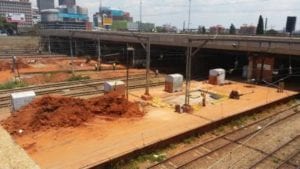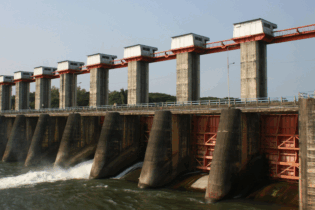A major project to rehabilitate sewer and stormwater reticulation infrastructure at Park Station in Johannesburg has recently been completed.
Consulting engineering firm SMEC South Africa, in partnership with contractor Trenchless Technologies, showcased some groundbreaking work while completing the project on behalf of client PRASA Corporate Real Estate Solutions (PRASA CRES). Horizontal Directional Drilling (HDD) was used for the refurbishment of the Park Station sewer network. “This is a steerable trenchless method of installing underground pipes whenever trenching or excavating is not practical,” explains Meghan Brinkley, Professional Engineer, Asset Management and Advisory Services, SMEC South Africa. “Conventional trenching techniques were not an option as the line that had to be replaced ran underneath the railway lines at Park Station. HDD has a minimal impact on the surrounding area, making it ideal for a range of applications and soil conditions,” notes Brinkley.The Horizontal Directional Drilling process
The HDD process involves three main stages: drilling a pilot hole, enlarging (pre-reaming) the pilot hole and finally the pull-back installation of the carrier pipe. Uncontrolled or unguided drilling can result in damage or unforeseen complications, meaning it is vital to track the drilling head when drilling the pilot hole on the designed path. HDD was used to drill a new 160 mm Ø HDPE pipeline diagonally underneath the train tracks at Park Station in order to connect existing manholes with the new main-line manhole constructed on PF11 (Platform) and PF12. A new 250 mm Ø HDPE line was also drilled from the new manhole on PF11 to PF12 to the municipal connection manhole under Harrison Avenue Bridge.








